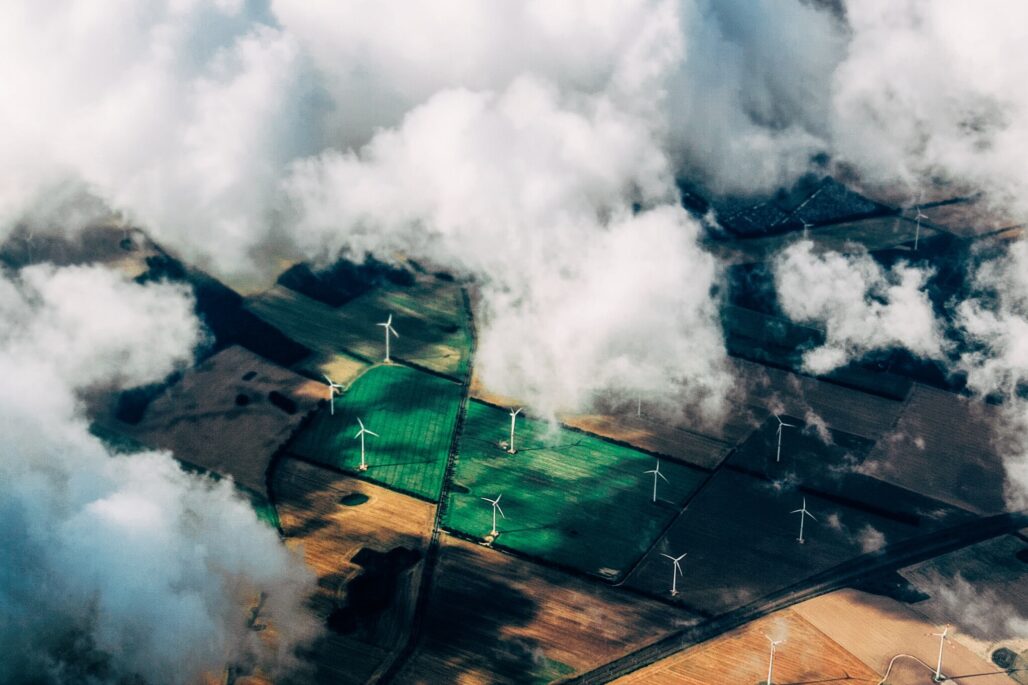An important part of creating a circular economy is the recovery and re-use of valuable components. Industrial waste and discharge streams contain many of these components that, if recovered, can be re-used in the industrial processes. Recovering components from waste streams is often a very energy consuming process.
Saving energy with High Flux 2D Nanosheet Membranes (HF2N)
The High Flux 2D-Nanosheet membranes project will research a possible breakthrough new technology that could lead to a potential energy-saving of 20 PJ per year within the Benelux area. This translates to a reduction of 1.3 million tons of CO2 per year making this project not only a contributor to the circular economy, but also a very significant reducer of industrial CO2 emissions.
Polymeric Nanofiltration Membranes
Polymeric nanofiltration membranes are molecule sized filtration layers that are widely used in industrial production as well as in effluent and water treatment. Improving nanofiltration membranes could offer a more sustainable and energy-efficient alternative to other separation technologies like: microfiltration; ultrafiltration; centrifugation or reversed osmosis. The performance of these membranes however is lost when the mixture contains an organic solvent. Problems that will then occur include swelling or degradation of these membranes. This hinders the implementation of these types of membranes in industrial purposes, because these streams often contain organic solvents.
2D-nanosheet Membranes
In recent literature, a very promising new class of inorganic membranes is described; the 2D-Nanosheet membranes. These membranes, as opposed to the conventional membranes, are made up of many overlapping nanosheets that together form a permeable layer. Between the individual nanosheets, nanochannels can be formed resulting in a molecular and ionic sieving effect while still allowing a high water or solvent flux. This new class of membranes claims breakthrough-values for flux and selectivity while also being stable in a large variety of industrial streams with very little swelling or degradation.
From Theory to Practise
These developments in membrane technology are very recent. If they could be justified on a practical scale this would mean a major advance in nanofiltration technology. This is why partner in the HF2N project thought it was time to examine this technology in more detail. They propose to, in this project, demonstrate and validate the high potential of this new class of inorganic high flux 2D-Nanosheet membranes.

The Game Changer
The literature suggests that these 2D-Nanosheet membrane systems can be manufactured by means of cost and energy efficient methods and that the pore size (the size between the nanosheets) will be tuneable to fit a wide-range of applications. This means that it would be possible to produce a family of solvent nanofiltration systems with an exceptionally high flux, of up to 5000 LMH (l/h*m2) and good separation. A high-flux system is more energy efficient because it requires a lower difference in pressure to operate. Being able to produce these membranes would be an absolute game changer for membrane technology and for the industry.
Partners in the HF2N project are: DOW Benelux, CoorsTek Netherlands BV, The Institute for Sustainable Process Technology, Shell, SolSep BV, Technische Universiteit Delft and the Universiteit Twente.
Acknowledgement
This project is co-funded by TKI-E&I with the supplementary grant 'TKI- Toeslag' for Topconsortia for Knowledge and Innovation (TKI’s) of the Ministry of Economic Affairs and Climate Policy.
